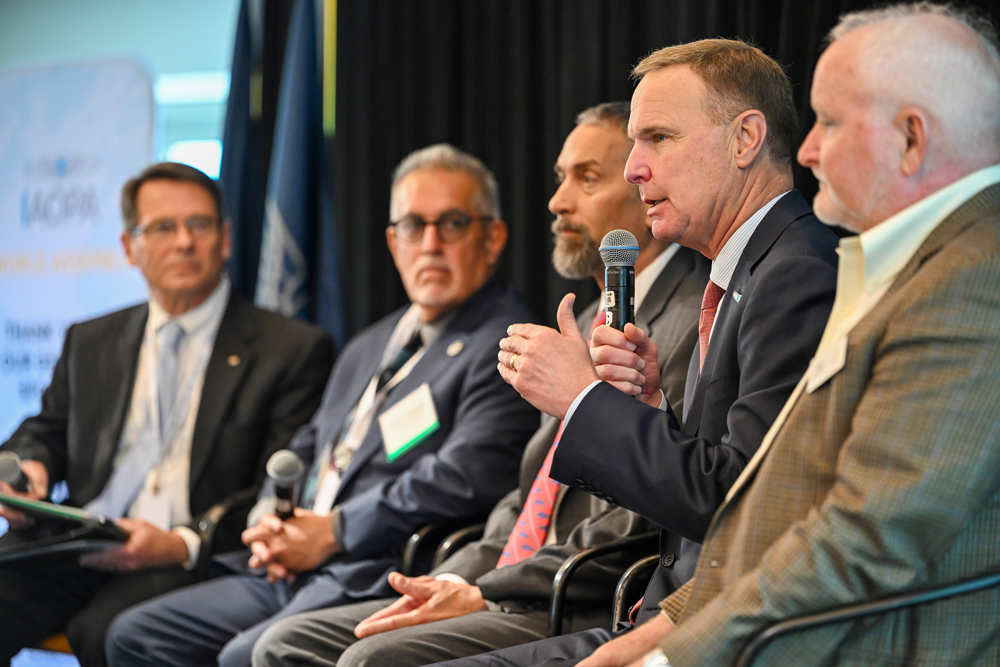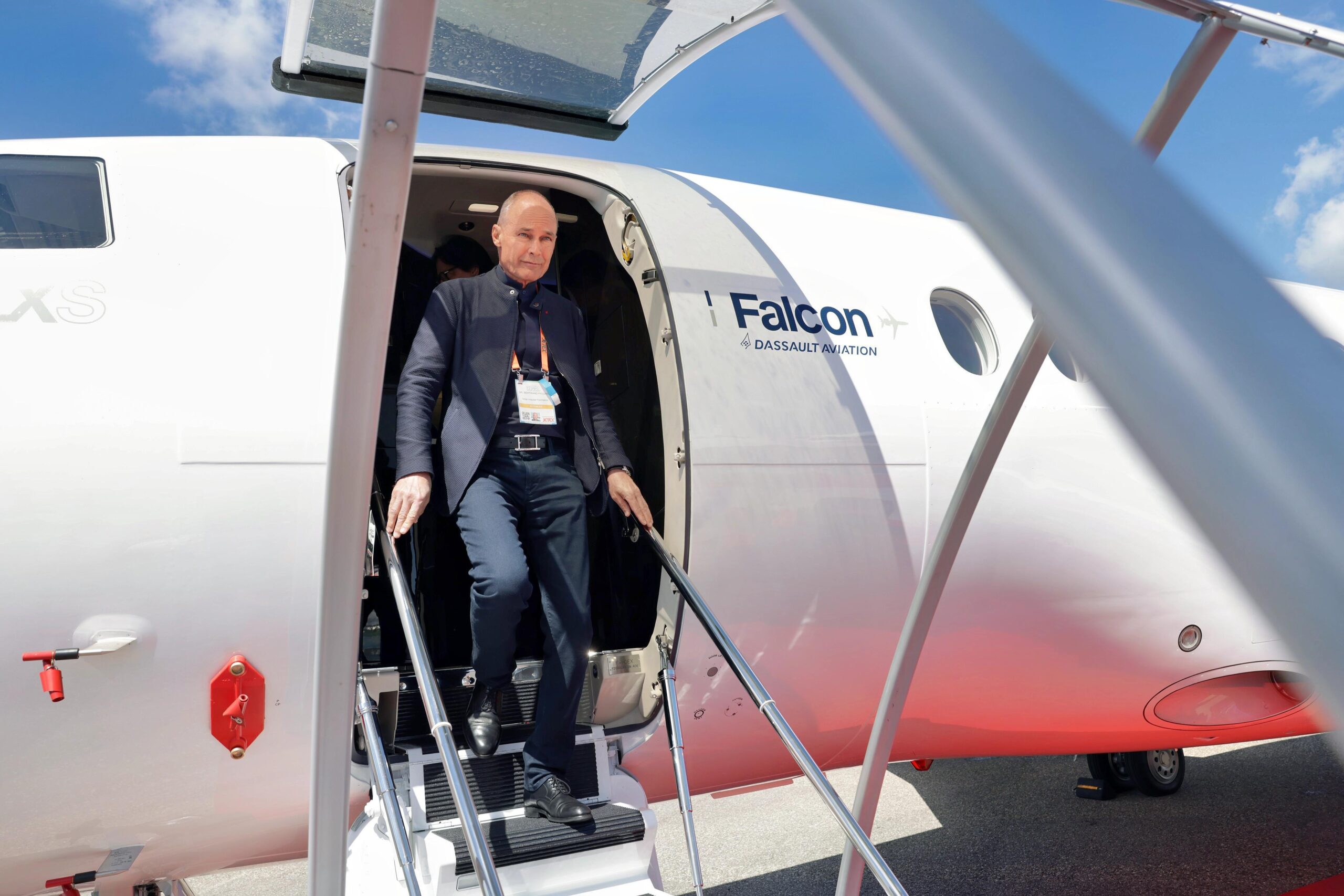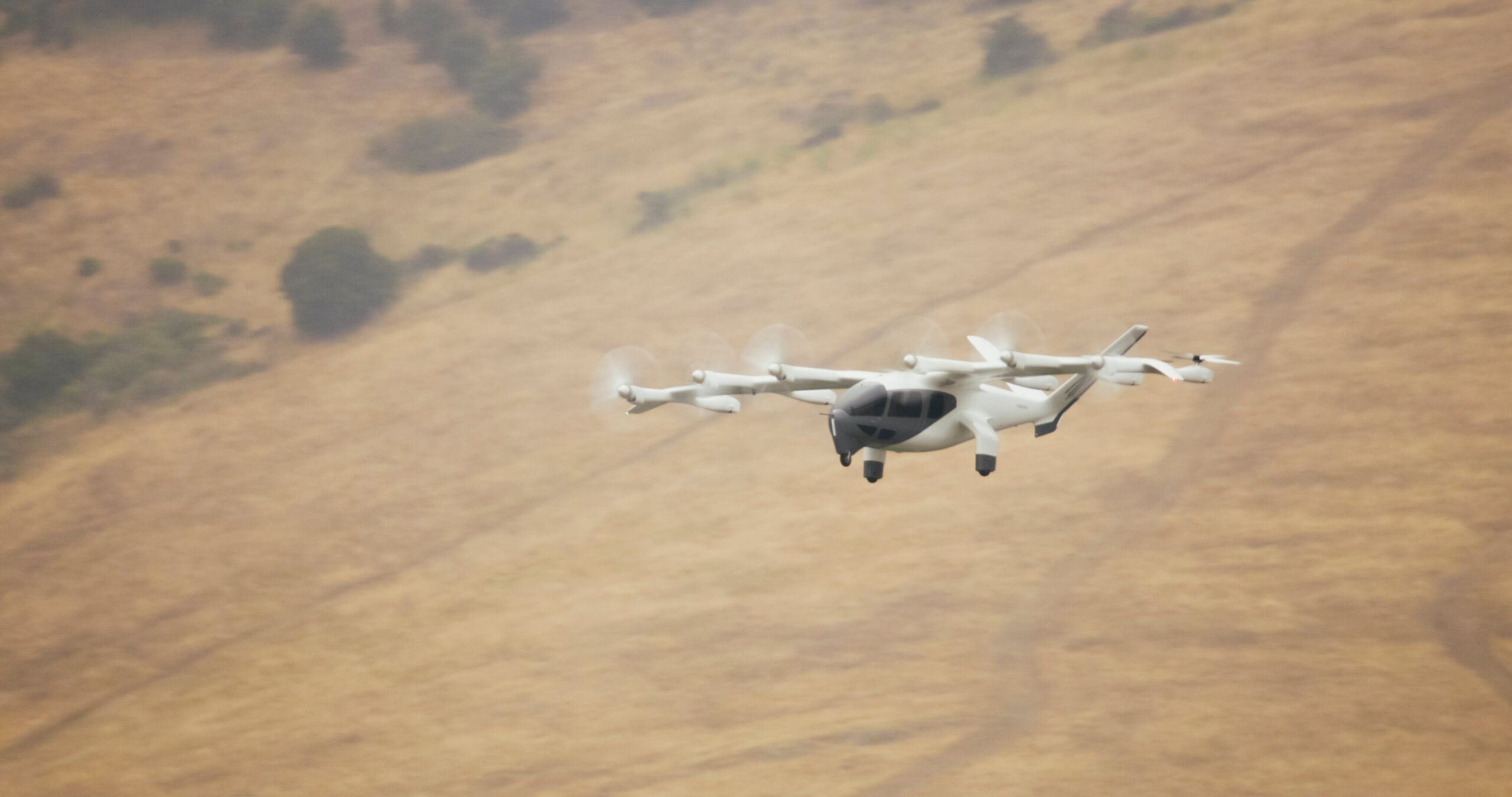
Photo courtesy of David Tulis/AOPA
The start of the 2024 International Aircraft Owners and Pilots Association’s 30th World Assembly was marked by an upbeat assessment from a gathering of general aviation leaders about the current state of the industry, and the potential for a coming era of flight to be more safe, secure and sustainable than ever.
Participating in a thought leadership discussion panel held to start the assembly’s first full day were NBAA President and CEO Ed Bolen, Aircraft Owners and Pilots Association (AOPA) President Mark Baker, National Air Transportation Association President and CEO Curt Castagna and Vertical Aviation International President and CEO Jim Viola.
The four leaders covered a range of issues – from the importance of a multi-year FAA reauthorization bill under consideration in Congress, to the opportunities and challenges faced by the sector, to the industry’s many societal benefits in states and Congressional districts across the U.S.
Bolen pointed to business aviation’s central role in supporting job creation and economic development, connecting communities, helping companies succeed, supporting humanitarian missions and innovating to achieve net-zero carbon emissions by 2050. Those five pillars, he added, form the basis for the industry’s CLIMBING. FAST. advocacy initiative, supported by a dozen aviation organizations.
“All of our associations are together in this initiative,” Bolen said. “We are climbing fast to net-zero emissions by 2050, and to get there, we are investing in technologies, in operations and in alternative fuels. This is a significant commitment that we are making, and we need to make sure that policymakers and opinion leaders in Washington are aware of this commitment. People need to know the benefits of this industry to communities, to the country and to the world.”
The panelists also spoke about the importance of attracting future generations to the industry, and advancing innovation in a way that benefits everyone, in and outside aviation.
In an example of the industry’s efforts to build a next generation of workforce leaders, Baker emphasized AOPA’s free high school STEM education program, which shows young people the possibility of careers in aviation. While serving 23,000 children in 47 states, the AOPA curriculum also helps create a sense of investment in aviation within the communities that are home to the program’s host schools.
Focusing on technological advancements in the industry, Viola predicted that there will be a “renaissance of interest” in aviation over the next 10 years, with low-cost, high-tech aircraft coming into production, thanks to pioneering developments in vertical-lift technology and electric-propulsion systems.
Castagna pointed to a future filled with promise from the work being done today to push forward on advanced air mobility, sustainable aviation fuel and unleaded fuel, airframe and avionics technologies and other investments. “These and other advancements will push the boundaries of what’s possible in powered flight, while promoting the pioneering spirit that defines aviation,” he said.
The assembly was held ahead of AOPA’s National Celebration of General Aviation Flyover on May 11, a parade of more than 60 general aviation aircraft over the National Mall. The flyover will include representation from the business aviation segment, in part with a Learjet including Bolen in the passenger manifest.





